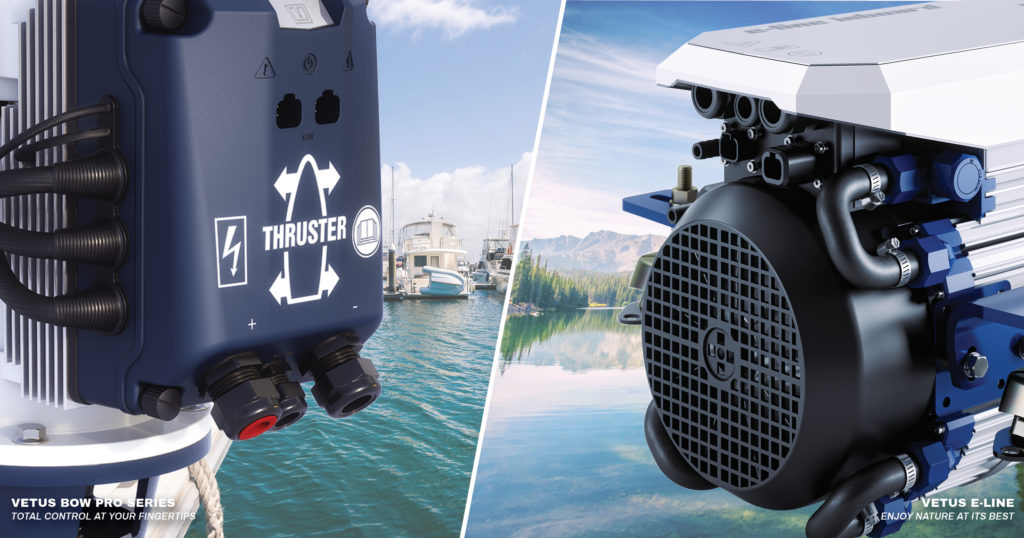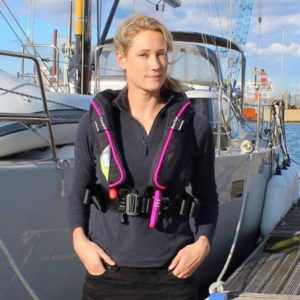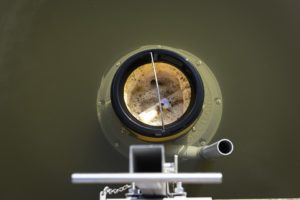VETUS certified as first thruster integrator for NMEA 2000

Boat systems and thruster supplier VETUS has announced NMEA 2000® certification for its new CANverter gateway device, offering industry-first connectivity and communication capabilities for boat owners using its proportional bow and stern thrusters.
Approved as the first and only thruster integrator for NMEA 2000, VETUS advances the implementation of thruster technology in line with the National Marine Electronics Association’s widely recognised communications standard. The launch of the CANverter enables connection of the proprietary VETUS Controller Area Network (V-CAN) into the NMEA 2000 network, establishing integration of the company’s specialised V-CAN products with other certified high level onboard systems in support of serial data networking.
The new CANverter NMEA certification and network connection results in a range of additional external control and monitoring advantages said to enhance life onboard, with potential benefits for boat owners including the ability to visualise V-CAN data and the VETUS brand on their screen, control V-CAN data with NMEA 2000 devices, and to select NMEA 2000 controllers. By combining CANverter and NMEA 2000 OneNet, the standard for IP networking of devices, boat owners can monitor any installed V-CAN device remotely, from home for example.
“The NMEA 2000 certification for our CANverter is a landmark development for the company, confirming that VETUS is now among the marine electronics giants in the industry,” says Thijs Boegheim, Sales Director EMEA and Global Marketing Director at VETUS. “With the trend for increased interconnectivity and unified control and monitoring, we are pleased to be the first company to offer boat owners new capabilities as the only supplier that currently supports thruster PGNs (Parameter Group Numbers) to enable NMEA 2000 data compatibility. Our innovative E-LINE and E-POD electric propulsion can now also be linked to the NMEA 2000 network. The next step is to work on strategic agreements with the leading screen providers to guarantee the availability of VETUS branding and thruster information on leading multifunction devices.”
V-CAN products include the new VETUS E-LINE and E-POD electric propulsion solutions, as well as the E-LINE panels and controls: the MPE1KB key switch, MPE1MB monitoring panel and ELPS control lever. The V-CAN thrusters include the BOWA and BOWB proportional thrusters, the RIMDRIVE thruster and the retractable thruster, plus the BPPJA, BPPPA and DBPPJA thruster panels.
The company says V-CAN was developed to retain control and maintain implemented safety measures for VETUS CAN-bus systems and ensure external control or monitoring from other systems is managed through a VETUS approved process. The proprietary network is compatible for thruster, electrical motor and converter data which is distributed throughout the vessel over a single cable. With the installation of the CANverter, the V-CAN network can be monitored and controlled by any NMEA 2000 compatible device.
Easy to install by simply plugging the connectors, CANverter uses four virtual devices to process data: an engine and battery translate V-CAN E-LINE parameters into the NMEA 2000 network; internetwork creates converter status data into the NMEA 2000 network; the thruster translates V-CAN thruster parameters into the network. The CANverter consists of a microprocessor and transceivers which are isolated from each other, automatically bridging data from one transceiver to another.










